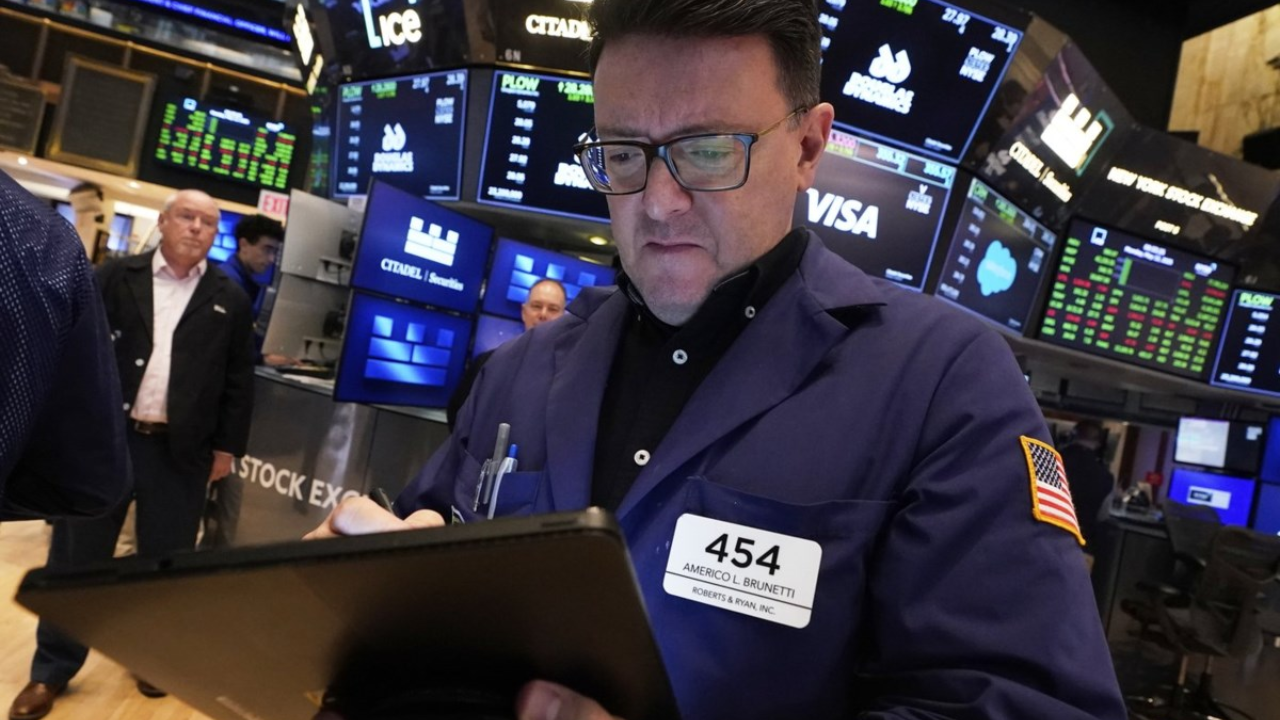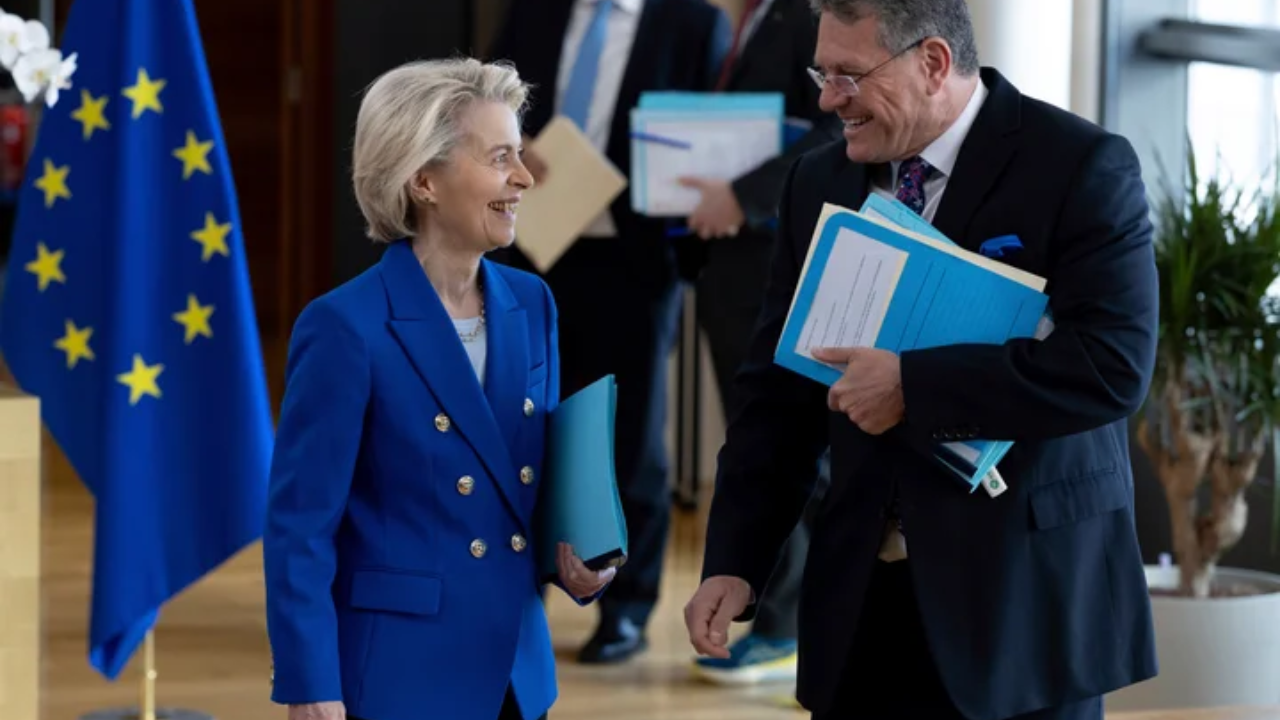Tech is Changing the Way We Recognize Employees

Employee recognition has always been a fundamental aspect of a healthy workplace. While the ways we recognize employees have evolved over the years, one thing remains clear: when people feel appreciated, they’re more engaged, productive, and committed to their work. Recognition today goes beyond simple gestures like a “thank you” or a trophy—it reflects a broader cultural shift toward making employees feel genuinely seen, valued, and celebrated for contributions of all sizes.
With technology rapidly changing the way we work, it’s no surprise that the future of employee recognition is being shaped by emerging software and tools that promise to make the whole experience more meaningful and impactful.
Let’s take a closer look at where employee recognition is headed and how new technologies are paving the way for more personalized, real-time, and data-driven approaches to appreciating employees.
1. Personalized Recognition: Moving Beyond the Generic
Gone are the days when a simple “thanks for your hard work” in a staff meeting was enough. Now, recognition is all about the individual. Employees are different, and they value different kinds of acknowledgment. Some might feel great about a public shoutout, while others prefer a more private thank-you. Recognizing these differences is becoming a huge priority for companies, and that’s where technology comes in.
Software that tracks employee preferences and performance helps organizations tailor their recognition efforts to fit each person’s unique personality and contributions. This kind of personalized approach—powered by smart recognition platforms—helps make employees feel like their hard work isn’t just noticed, but truly appreciated for who they are.
2. Real-Time Recognition: Acknowledging Achievements in the Moment
Waiting until an annual review to recognize achievements no longer works in a workplace where things move quickly and priorities shift constantly. Real-time recognition is becoming the norm, and it’s a trend that’s gaining traction fast.
Technology now allows for instant recognition through peer-to-peer platforms, where employees can easily give kudos to one another. Managers can send quick messages or publicly acknowledge an employee’s accomplishments as soon as they occur. This immediacy helps reinforce positive behaviors right when they happen, keeping employees motivated and engaged on a daily basis.
By incorporating it into daily communication, companies can ensure their employees feel valued throughout the year—not just on special occasions.
3. Gamification: Turning Recognition into a Fun Experience
Many organizations are now embracing gamification to make the recognition process more engaging. In a gamified system, employees can earn points or badges for achieving goals, demonstrating company values, or helping out colleagues. These can be redeemed for rewards, like gift cards, time off, or public recognition.
Leaderboards, progress trackers, and rewards systems help keep things interesting and provide clear goals to aim for. It also encourages collaboration and friendly competition, especially among younger generations familiar with gaming and digital incentives.
Gamification makes recognition fun, interactive, and tied to both performance and culture.
4. AI and Data: Smarter Recognition Through Analytics
Employee recognition is becoming increasingly data-driven, thanks to AI and analytics. These tools can analyze employee performance, feedback, and sentiment data to suggest recognition strategies that have real impact.
For example, AI can:
- Identify top performers who may be under-recognized
- Recommend recognition types based on personal preferences
- Track trends and improve recognition programs over time
This ensures recognition is targeted, thoughtful, and continually refined, creating a system that truly understands employee needs and values.
5. Well-being Recognition: Acknowledging More Than Just Work
In today’s evolving work environment, recognition is expanding to include employee well-being. Organizations are starting to appreciate employees for their commitment to mental health, self-care, and work-life balance.
Examples include:
- Recognizing participation in wellness programs
- Celebrating mindfulness and positivity during tough times
- Encouraging mental health days or flexible work arrangements
Technology supports this by offering wellness tracking tools and dashboards that can tie personal well-being to recognition efforts. This shows employees that they are seen as whole individuals, not just workers.
6. Integration with Broader Employee Experience Platforms
Employee recognition is becoming an integrated part of the larger HR ecosystem. As platforms grow to encompass performance, learning, and development, recognition systems are syncing up to create a cohesive experience.
For instance:
- Recognition can tie into performance reviews
- Contributions can influence learning paths or promotions
- Career growth can reflect recognition trends
This integration ensures that recognition supports and aligns with long-term employee goals, creating a more rewarding and meaningful work journey.
In Conclusion
The future of employee recognition is all about making it more personal, timely, and meaningful. As companies embrace technologies like AI, gamification, and real-time feedback, they’ll create recognition systems that are not only impactful but also integrated into everyday work.
This shift ensures that recognition is no longer an afterthought but a core component of company culture—driving engagement, retention, and satisfaction for teams across the board.








